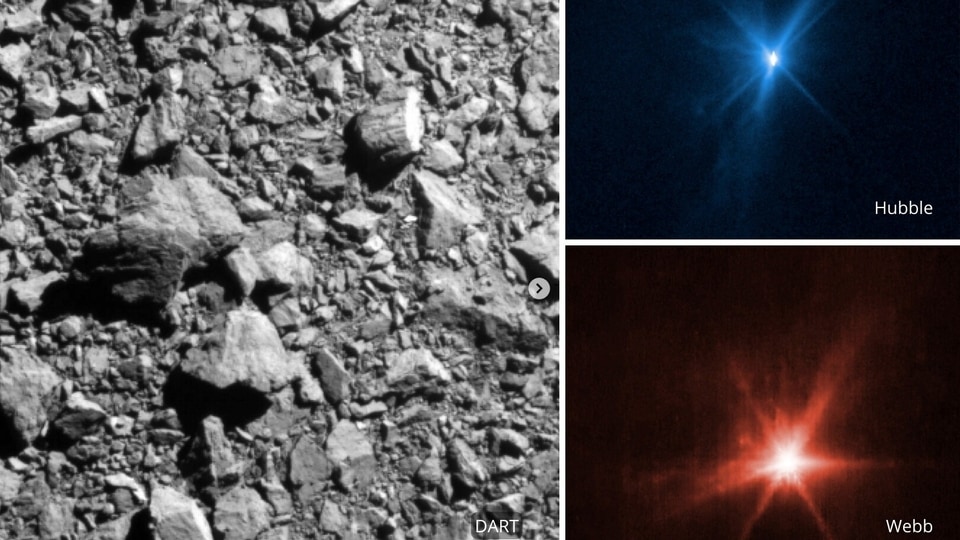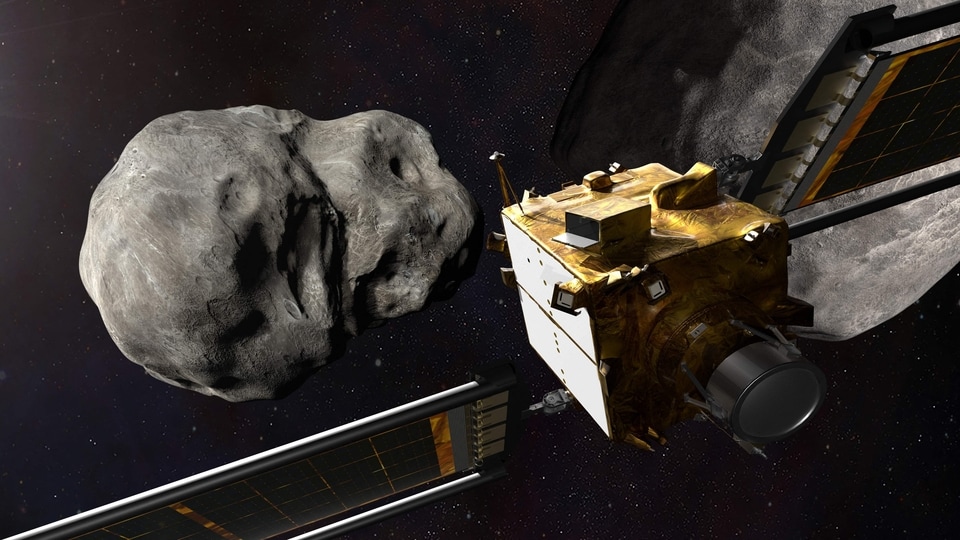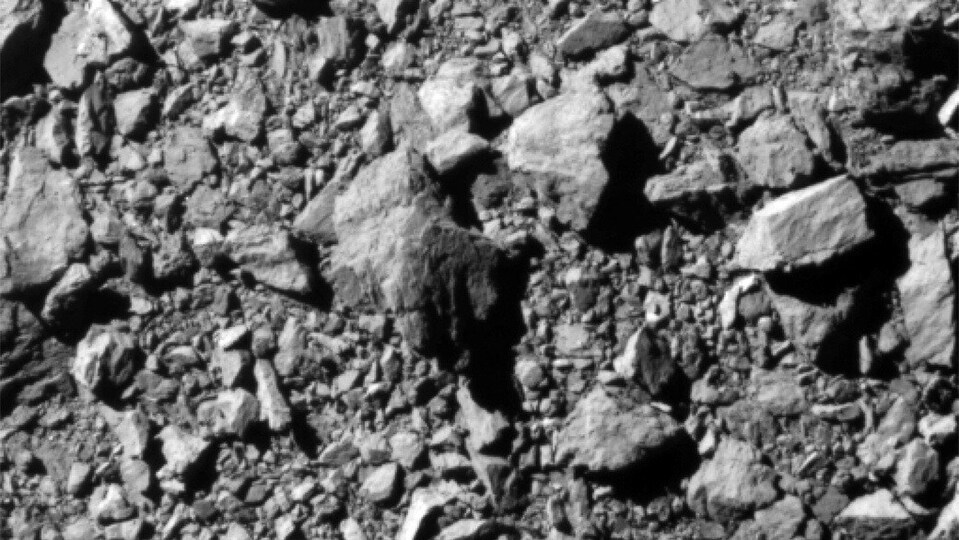Asteroid watch: Gigantic 1640 foot space rock just flew past Earth
Russian astronomers have spotted a 1640 feet wide asteroid which was headed for Earth and just flew past the planet.





_1664474838769.jpeg)

 View all Images
View all ImagesAlthough NASA has successfully completed its first asteroid deflection test, there is no way as of yet to determine whether the asteroid was actually deflected off its path. The space agency will determine that using the data collected during and after the collision. To help in better understand the impact, the European Space Agency has already sent a spacecraft named Hera to the Dimorphos asteroid to collect data and observe the impact site. Meanwhile, Russian astronomers have observed a colossal asteroid which just flew past Earth on September 30.
Key details about Asteroid 2022 SE37
According to a report from experts at Keldysh Institute of Applied Mathematics of Russia's Academy of Sciences, Asteroid 2022 SE37 is nearly 1640 feet wide, which roughly translates to half a kilometer. That is bigger than even the Roman Colosseum! The asteroid was spotted by the 25th telescope in the village of Kochevanchik and the 50cm telescope from Kuban State University in Russia.
The asteroid made its close approach to Earth on September 30, travelling at a speed of 66780 kilometers per hour, according to NASA.
Keldysh Institute of Applied Mathematics already confirmed before the flyby that although this asteroid was huge in size, it did not pose any threat to Earth now or in the foreseeable future. So, all of us can breathe a sigh of relief while NASA works on its planetary defense system.
ESA's Hera Spacecraft
European Space Agency's Hera spacecraft will observe the impact caused by the collision of DART spacecraft and Dimorphos asteroid. ESA has already launched its Hera spacecraft which will travel to the same asteroid to observe the impact.
The Hera spacecraft will fly to the asteroid to survey the aftermath of impact and gather information such as the size of impact crater, the mass of the asteroid and its make-up and internal structure using its CubeSAT satellite to conduct a radar probe of the asteroid after the collision.
Catch all the Latest Tech News, Mobile News, Laptop News, Gaming news, Wearables News , How To News, also keep up with us on Whatsapp channel,Twitter, Facebook, Google News, and Instagram. For our latest videos, subscribe to our YouTube channel.




























